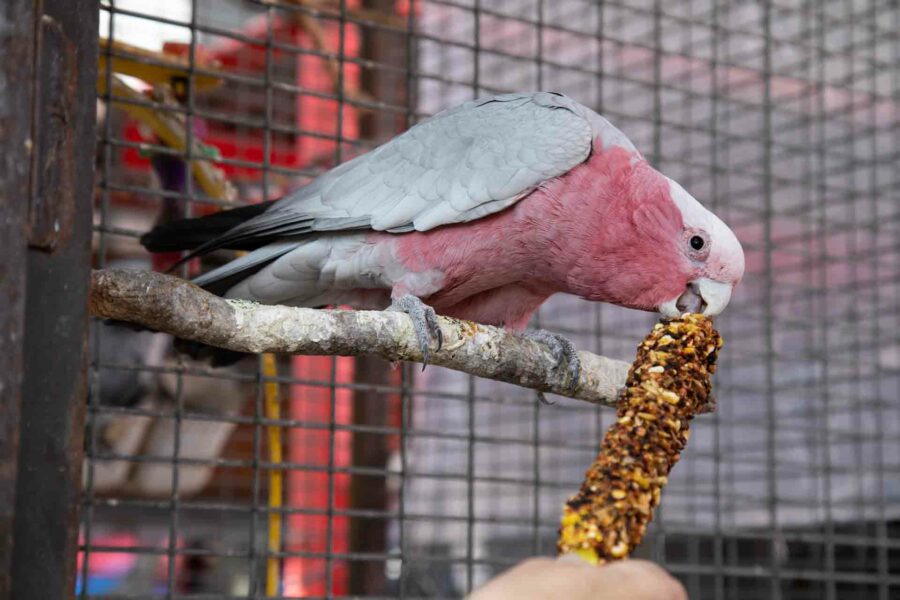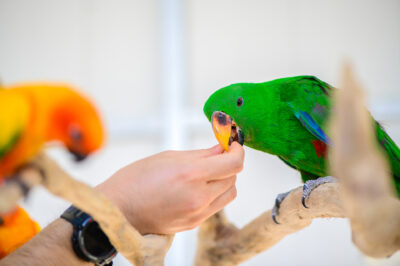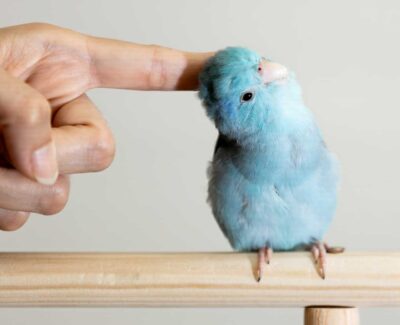
Exploring the Fascinating Sensory Abilities of Pet Birds
As a lover of pet birds, you probably already know that they are remarkable creatures—not only for their beautiful colorings and intriguing personalities, but also for their sophisticated sensory abilities. Understanding these senses can help you gain a better idea of how your bird experiences the world, thereby strengthening your bond with your feathered friend. While specific sensory capabilities vary from species to species, the following overview can help provide some insight into your bird’s auditory, visual, olfactory, gustatory, and tactile senses.
Birds’ Auditory Abilities
Although birds do not have visible ears, their sense of hearing plays a crucial role in their social interactions with both humans and other birds, as well as their survival in the wild. Most birds can hear frequencies ranging from 1 kHz to 5 kHz (compared to 20 Hz-20 kHz in humans), with some species able to detect sounds up to 10 kHz. This range allows them to hear subtle sounds, such as the rustle of predators or the calls of their mates.
Birds also have an impressive ability to pinpoint the origin of a sound. This is crucial for locating prey, navigating through dense foliage, and communicating with other birds. Their ear structure, along with the brain’s processing capabilities, enables them to discern the direction and distance of sounds with remarkable accuracy.
A Bird’s Eye View: Visual Senses
With eyes that are proportionally larger and more complex than those of humans, birds have some of the most advanced vision in the animal kingdom. They have four types of cone cells in their retinas, compared to three in humans, allowing them to perceive ultraviolet light and see a broader spectrum of colors than we can. This expanded range of vision helps wild birds find food, select mates, and recognize species-specific markings.
Many birds, particularly predator species, have excellent visual acuity, meaning they can see fine details at great distances. Their eyes are also adapted for superior depth perception, which is crucial for navigating through complex environments and making precise movements during flight.
Tactile Senses: Navigating the World Through Feathers and Beaks
Birds also have a keen sense of touch, which is vital for their daily activities. For example, their feathers are not just for flight and insulation—they also serve as sensory tools. Specialized feathers called filoplumes and bristles provide birds with information about their surroundings and the position of their other feathers. This helps them maintain optimal flight conditions and detect subtle changes in the environment. Additionally, birds use their beaks and tongues to explore their environment, much like we use our hands. Beaks are equipped with numerous nerve endings, allowing birds to detect textures, temperatures, and pressure. This is especially important for birds that forage or build intricate nests.
Birds’ Abilities to Smell and Taste
Birds’ senses of smell and taste are their weakest senses, which likely explains their tendencies to eat or chew on things that seem unsavory. In the wild, exceptions to this generalization include vultures and kiwis: vultures can detect the scent of decaying meat from miles away, while kiwis use the nostrils at the tip of their beaks to sniff out insects and worms in the soil. Also, some seabirds, such as petrels and albatrosses, use their olfactory senses to navigate across vast oceans. They can detect the scent of specific compounds released by phytoplankton, which helps them locate feeding grounds.
Enhancing Your Bird’s Well-Being Through Sensory Understanding
As a bird owner, being mindful of your pet’s different senses may help you enhance their well-being. For example, providing a range of colorful toys and perches can keep their keen sense of vision engaged, while playing music or nature sounds may stimulate their auditory senses. Always be sure that the scents you use in your home are bird-friendly (for various reasons, for example, avoid scented candles or incense), and encourage your bird to explore different textures through toys, perches, and natural materials.
Want to learn more about our fascinating feathered friends? Follow our blog, or join the conversation with other bird lovers at our Facebook page!





